The Resourceful Woodworker investigates ‘Tippage’
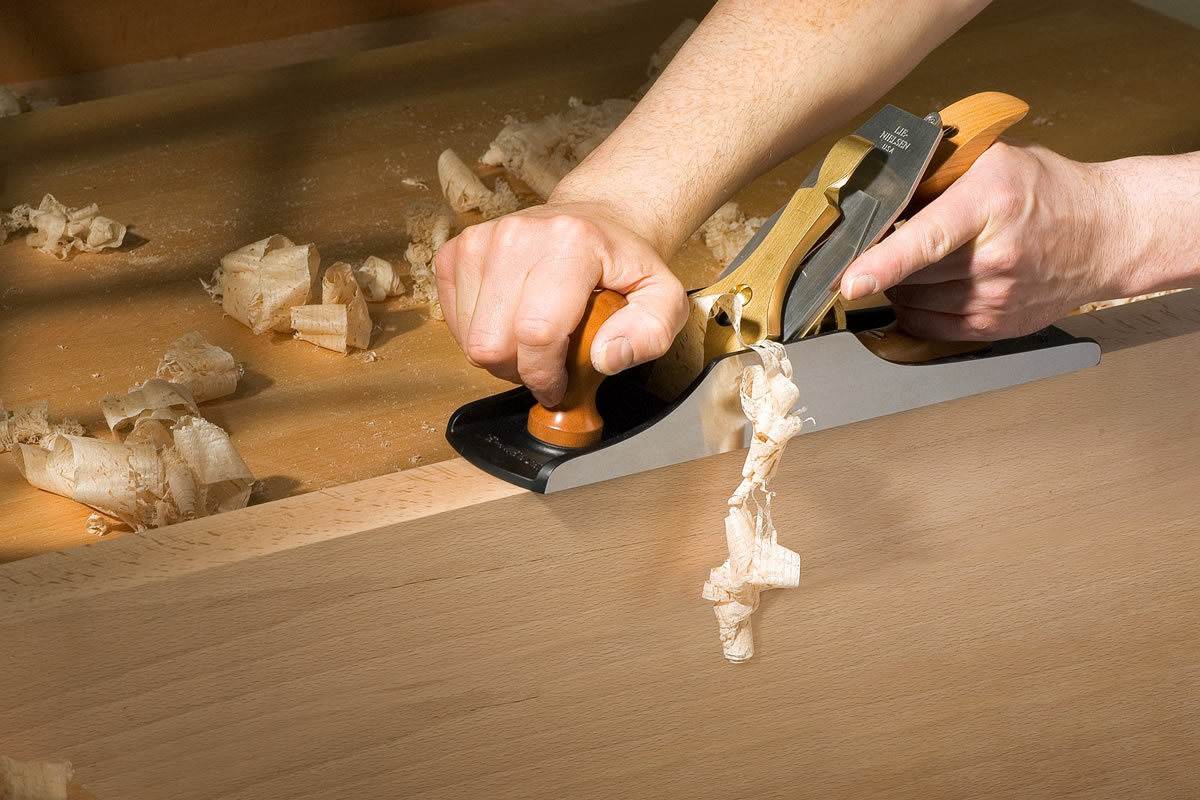
In my workshop, the shooting board lives permanently under the bench and is instantly available for any end grain planing tasks so it’s unquestionably the most useful jig of any sort in the ‘shop. In the first blog entry on shooting boards, I looked at the conventional, time honoured way of making one and the reasons why, for me at least, they never seemed to work.
Over time, countless better minds than mine have burnt the midnight oil and more than a little grey matter to try and build ‘the better shooting board’, which sounds very similar to Tom’s efforts to build The Better Mousetrap. You’ll need to be of a certain age to know what that’s all about!
Like those countless better minds, I too spent some time in pondering how to build the better shooting board and my solution is similar to one of dozens that can be found with a little online research in websites such as the Cornish Workshop.
One of the big problems with any shooting board is ‘tippage’, or more specifically when the plane refuses, despite your best efforts, to stay flat on the runway and tips to the left (if a right handed user). This happens regardless of the sort of plane used, be it a Lie-Nielsen 51 (which I use) which is designed for shooting board use or to a much more alarming extent with a standard No. 5 or No. 6, which has very limited area on the runway.
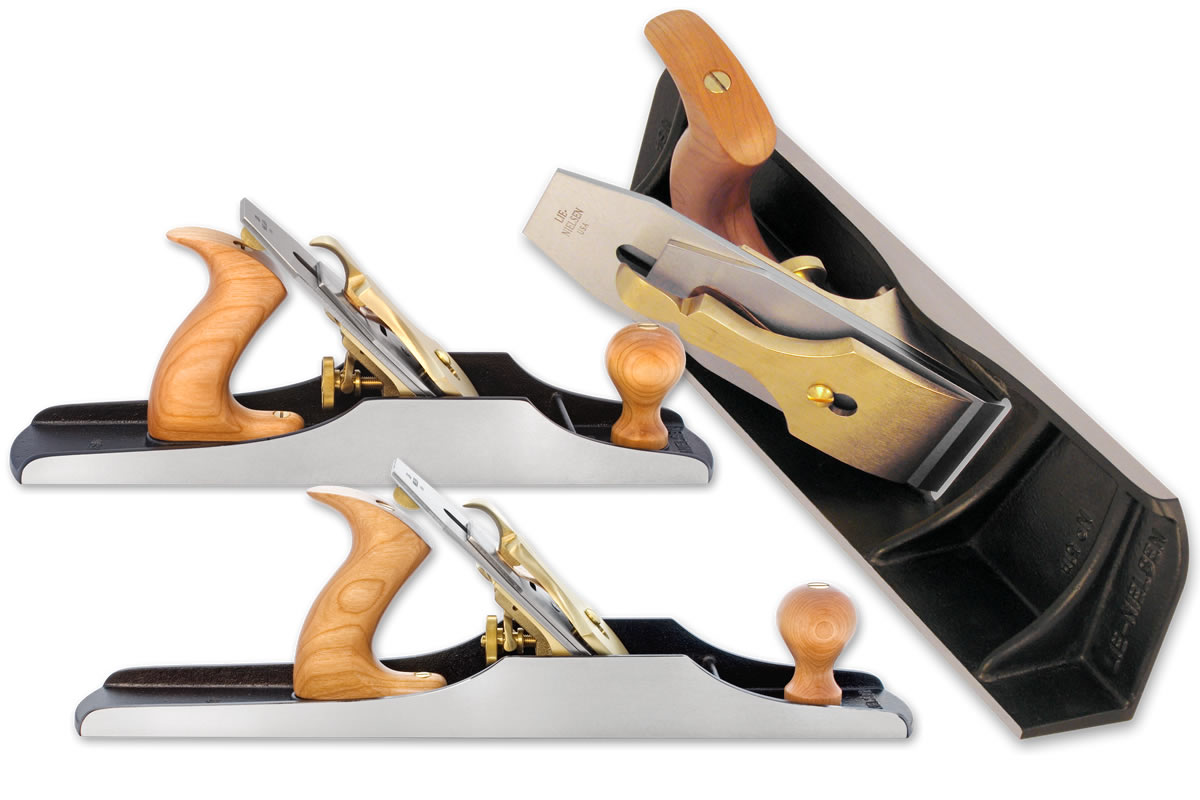
Unless a determined effort is made on the part of the user to prevent ‘tippage’, by forcing the plane to stay flat on the runway, two consequences will be the result. Firstly, the edge of the top board (where the timber rests) will gradually get planed away. Secondly and more importantly, the end of the ‘stop’ (or tapered stop if using a conventional board) will also be planed out of square.
This has the effect of reducing the support behind the end grain being planed which, if it’s great enough, will cause end grain ‘breakout’ or ‘spelching’, which is obviously counterproductive to the whole idea of a shooting board. What’s required is to be able to plane across the end grain to leave a dead flat, square surface with no breakout as the plane blade leaves the timber.

There are hoards of devious strategies which have been developed to counter the dreaded ‘tippage’ and mine is only one of many, but to see my solutions to The Better Mousetrap you’ll have to tune in next time!
If you’ve any comments about shooting boards or indeed on how to build your own better mousetrap, as always, please feel free to comment below.



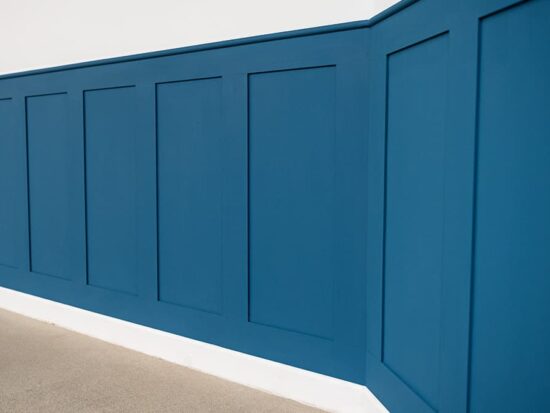
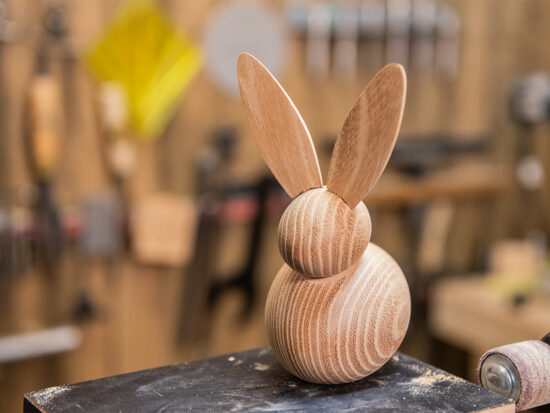

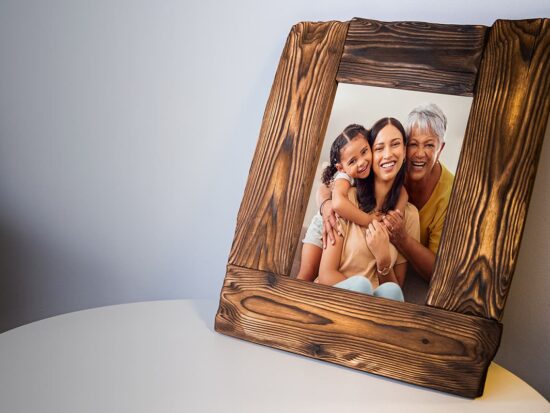
Perhaps I'm missing the point with all the talk about your shooting board ....where is it??
The latest edition of the AxBlog shows my own shooting board, complete with a couple of minor extra additions that I haven't discussed.
Good topic.
I find the simple bench hook style shooting board works fine for me, but I understand the concern you raise. I think perhaps the angle shown in the diagram may be misleading though - to me it suggests the plane tipping to the right.
I saw a fella with a shooting board, at Bentley Woodfair, in which the plane was clamped to a captive sled. I'm guessing you may be heading in that direction.
Of course you could add a top rail, similar to that in my carcase mitre shooting board https://www.youtube.com/watch?v=N4L6Bks_zLg obviously at ninety degrees not forty five.
Anyway, as always, I shall await your next post.
It's one of those irksome and irritating little things with a shooting board...unless I try very hard, it always seems to tip to the left hand side and chew a little slither off the end of the stop. As you've interpreted, the diagram has been rendered incorrectly as the angle shown is on the right, whereas it should be on the left.
Well spotted that man!